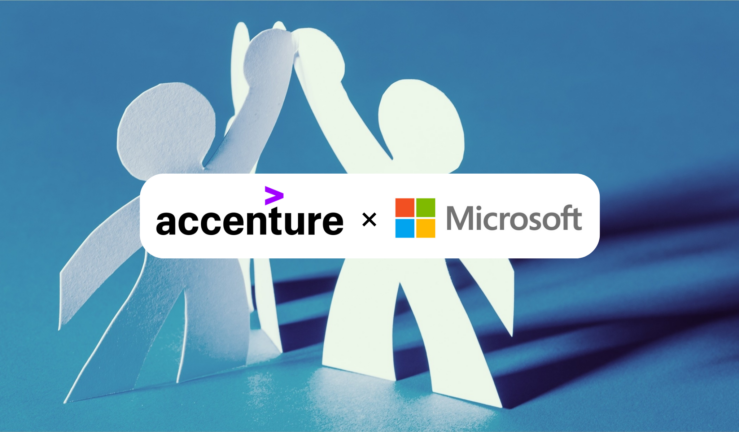A massive IT glitch on Friday caused chaos across major industries, with Microsoft computers displaying the infamous "Blue Screen of Death." This widespread disruption affected airlines, medical facilities, businesses, and police forces around the globe.
The cybersecurity firm CrowdStrike identified the issue as a "logic error" triggered by a routine update to its Falcon platform, leading to system crashes. The company quickly released a fix, but the damage was done. Some systems required manual intervention to recover, resulting in continued disruptions through the weekend.
Microsoft's VP of Enterprise and OS Security, David Weston, revealed that 8.5 million devices were affected, which, though less than 1% of all Windows machines, had significant global repercussions.
"The broad economic and societal impacts reflect the use of CrowdStrike by enterprises running critical services," Weston stated.

Airlines were heavily impacted, with major carriers like American Airlines, Delta, and United issuing ground stops. Over the weekend, over 980 flights within the U.S. were canceled, causing long lines and frustration for travelers worldwide. In addition, medical facilities, including 51 hospitals in Western states, had to cancel surgeries and appointments.
Emergency services also faced challenges, with 911 systems temporarily down in places like Alaska and New Hampshire. Banks in Australia and New Zealand reported issues, leaving customers unable to access their funds. Even the London Stock Exchange experienced disruptions, though trading continued.
CrowdStrike's CEO George Kurtz apologized, stating, "We’re deeply sorry for the impact caused to customers, travelers, and anyone affected."
Despite the resolution, the incident serves as a reminder of the vulnerabilities in global IT infrastructure.
Other companies, including HubSpot and Twilio, have recently encountered data breaches and cyberattacks, further highlighting the critical need for robust cybersecurity measures as companies strive to prevent future disruptions.









